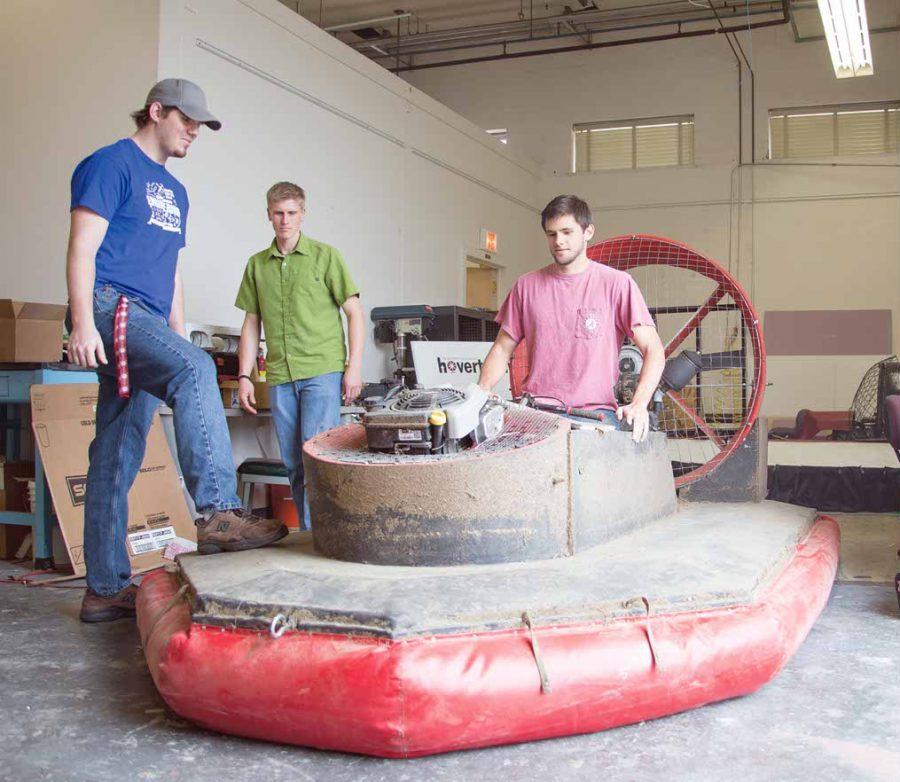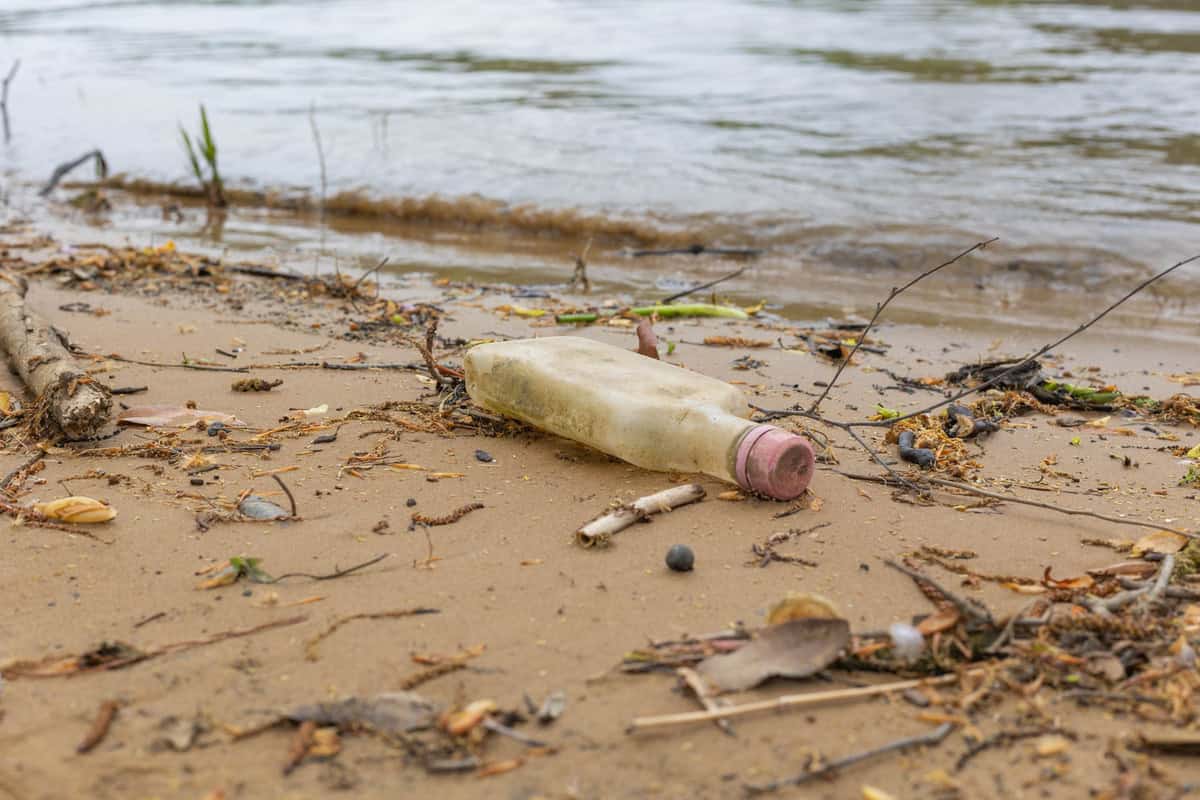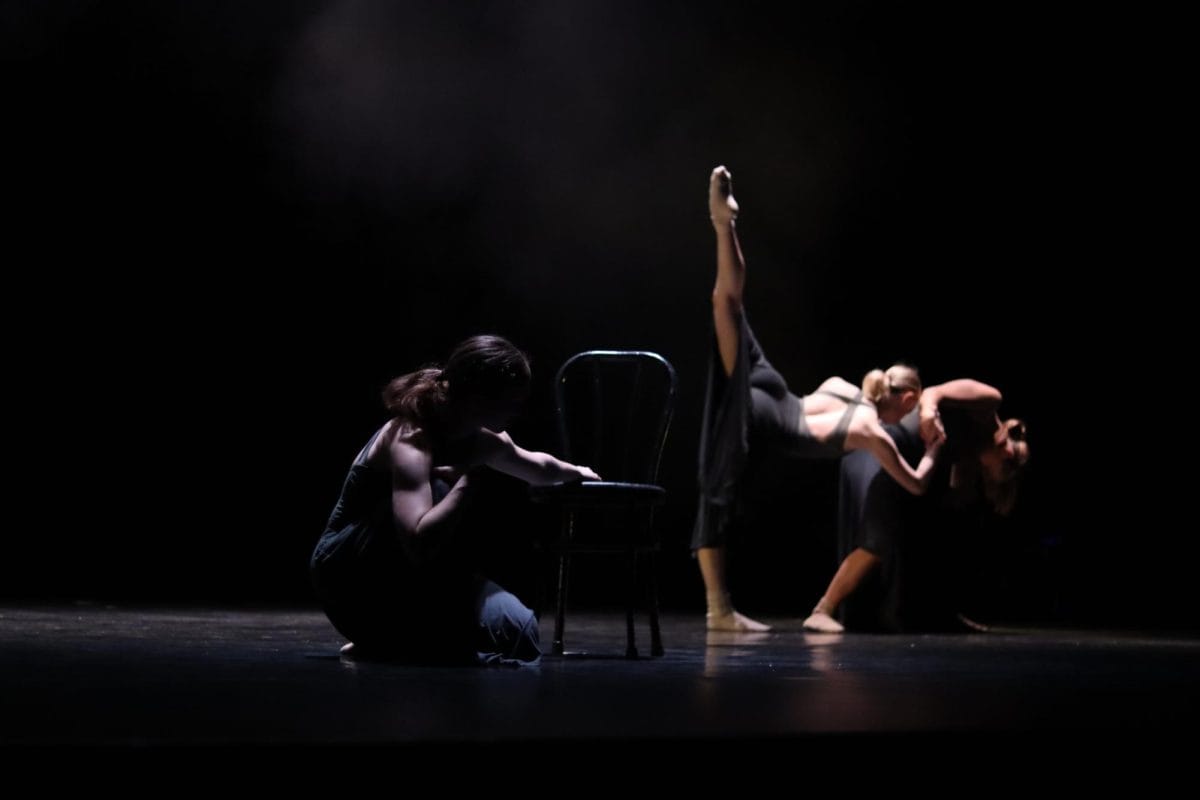The University of Alabama hovercraft team is taking competition to new heights. On Friday the group competed against Auburn at the second annual University Hoverbowl Challenge, where it completed 40 laps on its homemade craft.
The team lost with a score of 126-85 but came out victorious compared to last year’s Hoverbowl, when it only completed one and a half laps.
“Auburn could not get their F35 engine to run, so they raced a higher-class engine against us. They had 20 horsepower against us that we did not have. The outcome of the race was not important to us,” Alex Few, a senior majoring in aerospace engineering, said. “The important thing was that we made something that worked, and we were able to get off the ground and got to compete against our national rival while doing so.”
(See also “College of Engineering sees growth“)
The course is a combination of land and water tracks packed with tight turns and fast, straight sections. At one point during the race, Brent LaForte, a senior majoring in aerospace engineering, said it was hard for him to stay in control when he made a sharp left turn on the water and went up on shore heading, towards the embankment. LaForte did not go over the embankment; his competitor did, and landed in the woods.
“The first time we tested the hovercraft on water was during the race. As soon as I went from land to water I just kept repeating ‘Please don’t die. Please don’t die.’ If the hovercraft didn’t work on water then I would have been thrown into the lake. Luckily it went so smoothly I couldn’t even tell the difference between the transitions from land to water. I was just flying,” LaForte said.
Hoverclub of America, a members-only organization that encourages the hovercraft sport, asked the UA hovercraft team to create a formula 35 hovercraft, which means all of the engines on the craft must come to a total of 35 horsepower. The team made the 14.5-foot, 600-pound craft from scratch, coming in at 33 horsepower.
The team began work on the hovercraft Aug. 15 and kept working up to the day of the competition. In the last four days before the competition the team of 10 senior aerospace engineering majors worked for 90 hours straight, its captains only getting five hours and 15 minutes sleep total.
“One of my favorite moments of building the craft was at one point the skirt failed and you could see everyone just rush towards the craft,” LaForte said. “We all dragged it back and fixed the throttle cable and patched the skirt. Then at the last moment we had to trade out the propeller to the fan. At that moment it was all hands on deck.”
(See also “College of Engineering, A&S open new workshop“)
In the beginning Cody Hydrick, a senior majoring in aerospace engineering, said he did not think the hovercraft would end up looking exactly like the model did. Thomas Zeiler, a faculty sponsor of the project, said one of his favorite things at the end of the whole production is the mock model.
“One of the things that I was just tickled to death about was that mock-up over there,” Zeiler said, pointing to the Styrofoam model. “It came out as the larger version of that. It’s kind of like the space shuttle tiles; every one is completely different, and you have to put them in just the right place.”
In February, Alex Few, The University of Alabama’s hovercraft club team captain, went to South View Elementary to speak to students about what it is like building a hovercraft. Few said he hopes to go back to the school and show the students the hovercraft now that it is complete. LaForte said he is now in discussion with the Honors College to get the Boy Scouts involved with the hovercraft project as well.
In addition to a grant from the FAC, the hovercraft team has raised all of their funds to build the hovercraft themselves and recieved $5,000 from the Alabama Space Grant Consortium.
“It’s not just old people behind desks who build things like this,” Hydrick said. “It’s students who are at school who are capable of doing these things by themselves with their own hands. The whole process, for me, was just getting it off the ground. The most important part was the skirt because if that’s not right, then the craft isn’t going anywhere. Just watching it light off the ground in the parking lot was probably the most exciting moment for me.”
Next year the team will be handing over the controls to the juniors on the team, who helped build the hovercraft this year.
(See also “Engineering students prepare for robotics competition“)







